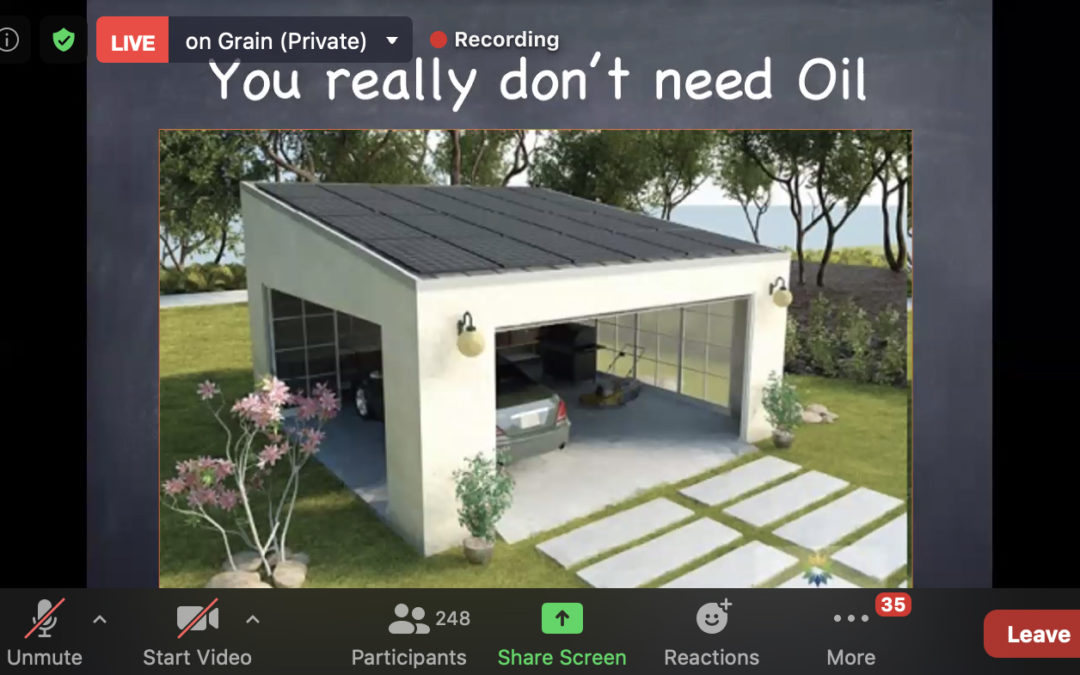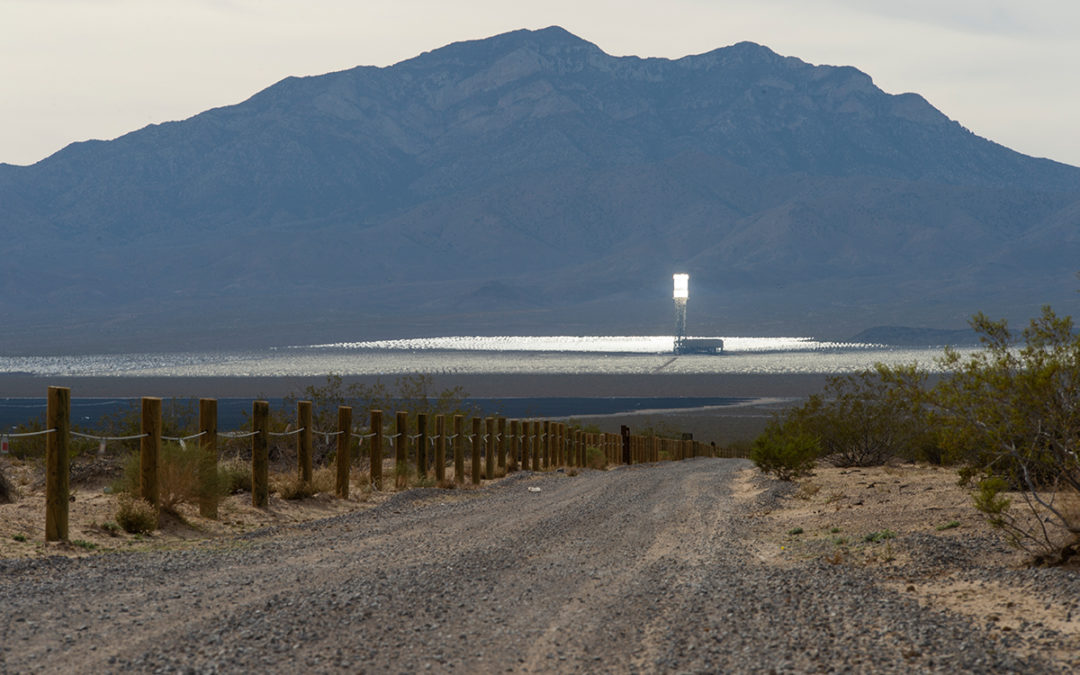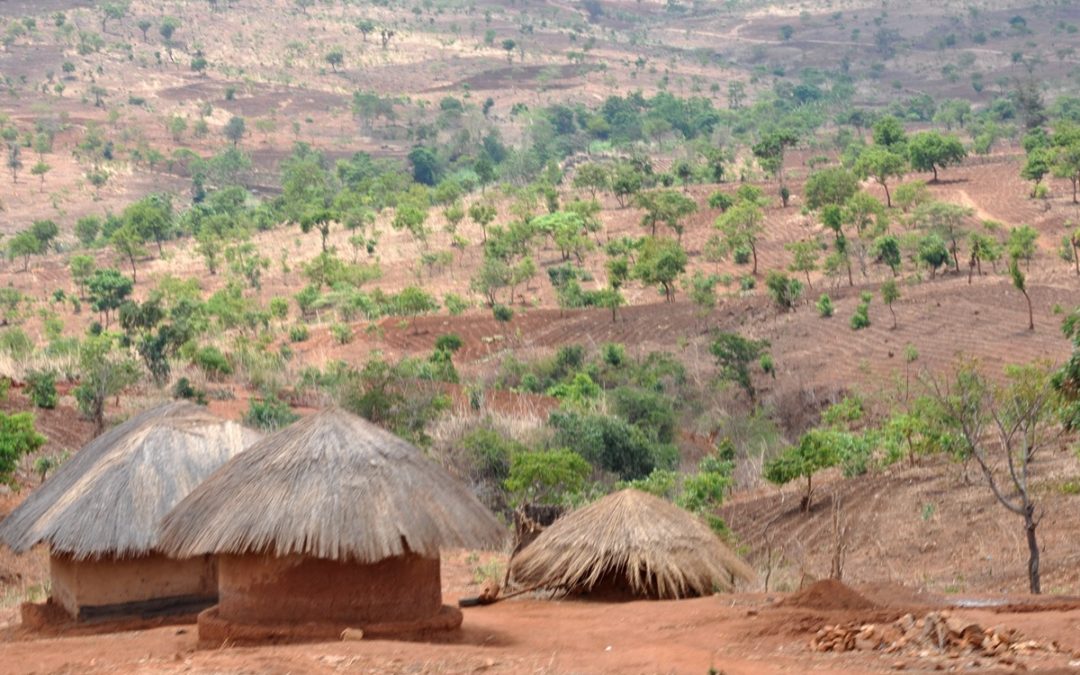
by Scott Chamberlin | Jul 30, 2020 | Mitigadaptation
Yes, ok. Global warming. It’s bad. Bad. Got it. I think I’ve got it now.
“But… what can I DO about it?”
That question is what we want to answer here. What more than just recycling, what more than buying less-damaging things, what more than reducing a carbon footprint? Rather than just make ourselves less damaging, what can we do, actively …

by Scott Chamberlin | Jul 16, 2020 | Mitigadaptation
We had the pleasure of attending a conference talk by Marc Tarpenning, founder of Tesla and partner at Spero Ventures. While telling his story, he showed the above slide, which we present here as a gem of simplicity.
Climate change is a confoundingly, crippingly complicated thing to talk about, and the many solutions to it are just as convoluted.
Of course they are complicated! It’s all tangled in an inextricable web of complex natural systems — in the soil, it the oceans, in the atmosphere, and (in the case of solutions) in the wildest aspirational bounds of our imaginations. ….

by Scott Chamberlin | Jul 10, 2020 | Mitigadaptation
When countless millions put their lives and careers on hold to blunt the exponential fury of Covid-19, they also idled their cars, boats, and planes. Likewise trucks, power plants, factories, container ships, trains — all the engines driving global industry and climate change — fell still, and quiet, and idle, if only for a moment.
People took to social media to celebrate the cleaner, fresher air ….

by Scott Chamberlin | Jun 19, 2020 | Mitigadaptation
This has been an intense month of national and global reckoning. This time, we want it to stick. We want the world to scream as one that black lives matter, and, in the silence that follows, we want no more black lives ended violently, no more of this persistent brutal streak of global history that our sophisticated human thought organs should have no problem putting behind us once and for all.
To move forward, we need this.

by Scott Chamberlin | May 31, 2020 | Mitigadaptation
As climate-change solutions go, tree planting triggers all the dopamine.
It’s got it all. You walk out into an abandoned field, lay down some acorns, and step back and watch the system rebuild itself. The toxins are expelled from the ground as a wasteland becomes a forest; the forest attracts animals; the trees absorb the carbon dioxide; and everything cools back down to when we were all younger, more innocent, and free.
It’s impossible not to love that story. Who doesn’t adore the super-feel-good tale ….





Recent Comments